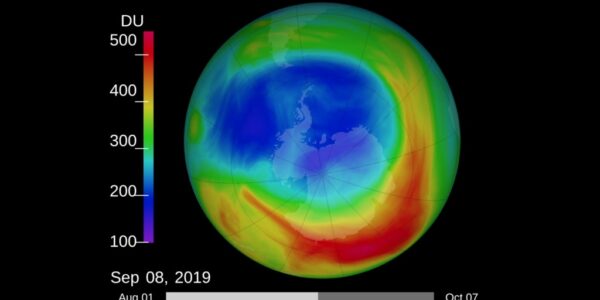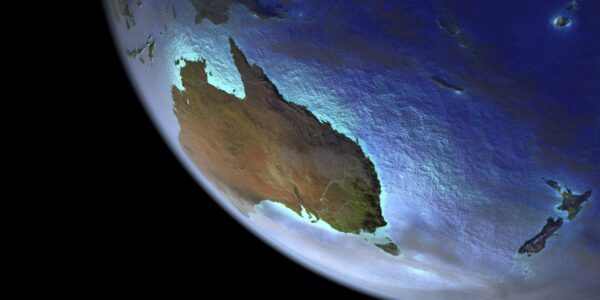Atmospheric HCFC levels may have peaked
- PostedPublished 10 November 2024
- VASA MembersVASA Members
Scientists have observed a significant drop in the levels of hydrochlorofluorocarbons (HCFCs) in the atmosphere. The most common, R22, poses a significant threat due to being an ozone-depleting substance with a high global warming potential (GWP) 1760 times that of carbon dioxide.
A study led by the University of Bristol and published in scientific journal Nature Climate Change found that the peak amount of these chemicals occurred in 2021, five years earlier than predicted.

This content is available only to VASA members. If you are an existing member, please log in below (your username is your VASA member number).
Not currently a VASA member? Join VASA online now!
- CategoriesIn SightGlass
- Tagsenvironment, hcfcs, ozone, ozone layer, SightGlass News Issue 34






